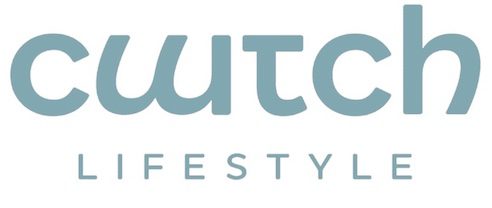
Thank goodness more consumers are prioritizing sustainability and choosing to support eco-friendly brands. As a result, many companies are eager to present themselves as champions of environmental causes. However, not all of these claims are genuine and might be exaggerated. This is where the term “greenwashing” comes into play—a deceptive practice that can mislead well-meaning consumers. Let’s explore what greenwashing is, typical examples, and how to avoid falling for it.
What Is Greenwashing?
Greenwashing occurs when a company exaggerates or falsely promotes its environmental credentials, making it seem more eco-friendly than it is. This practice can take many forms, from vague or misleading marketing language to more elaborate efforts to obscure a company’s environmental impact.
The term was coined in the 1980s by environmentalist Jay Westerveld to describe businesses that advertise themselves as sustainable without making meaningful changes to reduce their negative impact on the planet. Essentially, it’s a form of “green” marketing aimed at attracting customers looking to make a more responsible choice without actually delivering on their claims or promises.
Why Does Greenwashing Happen?
As more people become environmentally conscious, there’s a growing demand for sustainable products and services. Companies recognize that aligning with these values can boost their brand appeal and customer base. Unfortunately, some businesses exploit this trend for profit, making misleading claims without engaging in substantial sustainable practices. Greenwashing allows them to charge higher prices or gain a competitive edge without investing in significant eco-friendly improvements.
Common Examples of Greenwashing
While greenwashing can be subtle, there are several telltale signs that a brand’s sustainability claims may not hold up under scrutiny:
1. Vague or Unverified Claims
Companies might use terms like “all-natural,” “eco-friendly,” or “green” without providing clear evidence or specific details. For example, a product might be labelled as “natural”, even if only a small percentage of its ingredients are derived from nature. At the same time, the rest could still be synthetic or harmful to the environment.
2. Green Packaging Without Substance
Packaging can be one of the most deceptive aspects of greenwashing. A product may come in green-coloured packaging with images of trees, flowers, or other nature-inspired designs to give the impression it’s environmentally responsible. However, looking deeper, you might discover the materials used might be just as harmful as any other.
3. Highlighting Minor Improvements
Some companies promote small, eco-friendly improvements while ignoring more significant environmental issues. For instance, a business might highlight that they’ve reduced plastic in their packaging but fail to mention that their production process heavily pollutes the environment or that their products are still made using non-renewable resources.
4. Carbon Offsetting Without Reducing Emissions
Carbon offsetting, in theory, allows companies to compensate for their emissions by investing in projects that reduce carbon elsewhere, like reforestation efforts. While this sounds positive, some companies use this as a smokescreen to continue harmful practices without making meaningful changes to their operations.
5. Misleading Labels
Beware of fake or irrelevant labels. Some companies create their own “eco” labels to give the appearance of certification without meeting recognized standards. Similarly, brands might emphasize that their product is “free from X” (like a toxic chemical), even if that chemical was never part of similar products in the first place.
How to Spot Greenwashing
So, how can consumers avoid falling victim to greenwashing? Here are a few tips:
- Look for Transparency: Brands genuinely committed to sustainability are usually very transparent about their efforts. Look for companies that provide detailed information about their environmental impact and practices.
- Check for Certifications: Certifications from recognized organizations like Fair Trade, B Corp, or the Global Organic Textile Standard (GOTS) give credibility to a company’s claims.
- Research the Company: A quick search can often reveal whether a company is genuinely sustainable or engaging in greenwashing. Look for independent reviews, third-party investigations, and customer feedback for a better picture.
Conclusion
Greenwashing is a deceptive practice that undermines genuine sustainability efforts and misleads consumers who want to make ethical choices. By staying informed and questioning vague claims, we can hold companies accountable and support businesses working to protect our planet. At Cwtch Lifestyle, we encourage sustainable living. Let’s all work together to recognize greenwashing and continue making mindful, impactful choices. Check out this site for information on sustainable brands—GOOD ON YOU! We need to support the companies that have made a real effort to produce sustainable clothing.
I’m worried about greenwashing. I think we should come down on it very, very hard, whether it’s with criminal intent or actively deceptive.” John Elkington




